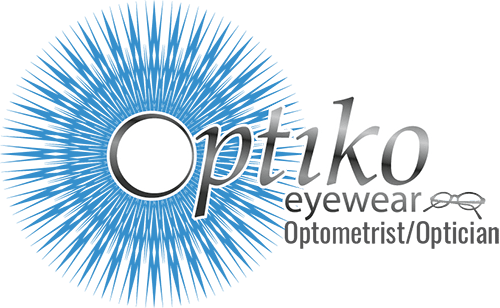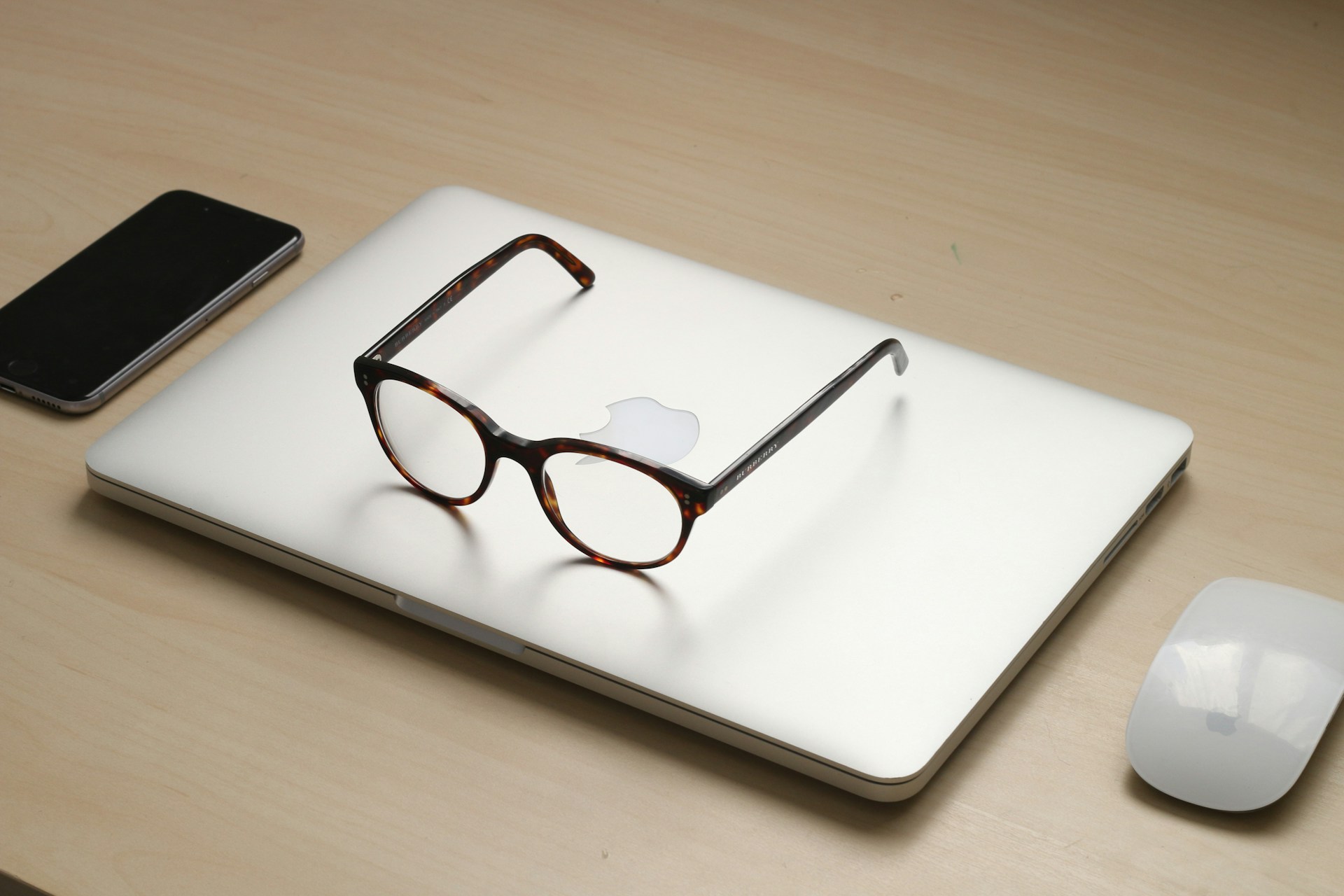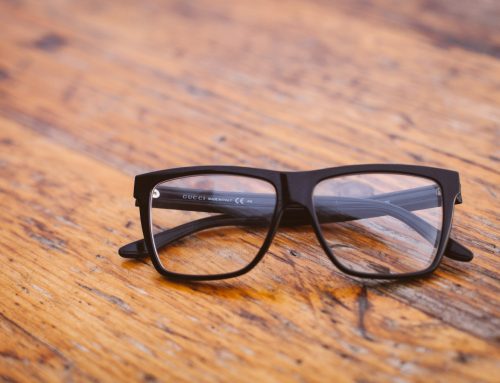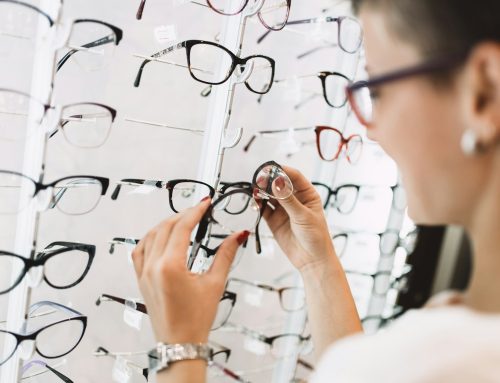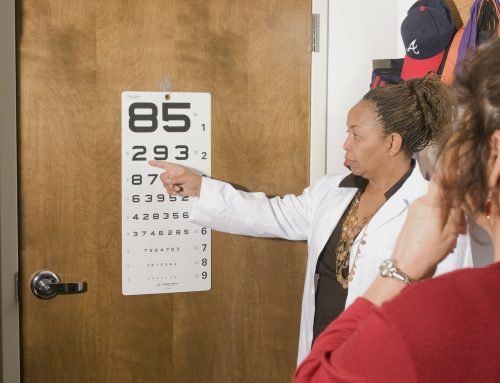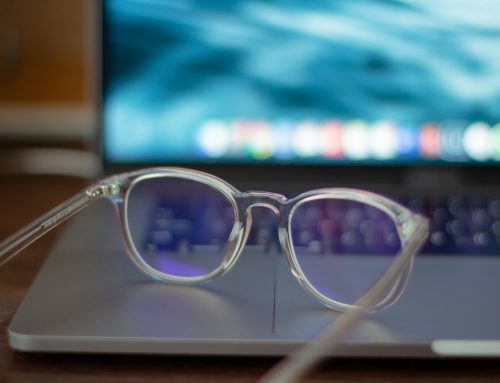As technology continues to advance, people are spending more time than ever before in front of screens. Many individuals are now aware of the term “blue light,” emitted by digital devices like smartphones, computers, and tablets, and its potential effects on our eyes. Blue light has been linked to digital eye strain, sleep disruptions, and even long-term damage to our vision. That’s why understanding the science behind blue light and its impact on our eyes is essential for maintaining visual health in today’s digitally-driven world. This article will explore the sources of blue light, examine its effects on visual comfort and long-term vision health, and discuss eyewear solutions and strategies for minimizing digital eye strain.
1. Understanding Blue Light and Its Sources
To comprehend the effects of blue light exposure, it’s essential to grasp the fundamentals of light and its sources. Visible light is composed of an array of colours, with each colour corresponding to a different wavelength and energy level. Blue light sits on the shorter end of the visible light spectrum, boasting higher energy levels than other colours, like red or green light. Sources of blue light can be:
– Natural: The principal source of blue light is sunlight, making up approximately one-third of the total visible light spectrum. This type of blue light exposure helps regulate our sleep-wake cycle, enhance alertness, and improve overall well-being.
– Artificial: In today’s digital age, there is an increased exposure to blue light from screens of electronic devices, including smartphones, computer monitors, televisions, and even LED and fluorescent lighting.
2. The Impact of Blue Light on Visual Health
With the prevalence of digital devices in modern life, it’s essential to be aware of the potential consequences that prolonged exposure to blue light can have on our visual health. These can include:
– Digital Eye Strain: Staring at screens for extended periods can lead to digital eye strain, characterized by symptoms such as dry eyes, headache, blurred vision, and neck and shoulder pain.
– Sleep Disruptions: Excessive exposure to blue light, particularly at night, can interfere with the production of the sleep hormone melatonin, leading to difficulty falling asleep and poor sleep quality.
– Long-Term Vision Concerns: Studies suggest that prolonged exposure to blue light may contribute to the development of age-related macular degeneration (AMD), an eye condition that can cause permanent vision loss.
2. Effective Strategies to Minimize Digital Eye Strain
By incorporating a few simple lifestyle modifications, you can mitigate the impacts of digital eye strain while also reducing your overall exposure to blue light. Some effective strategies include:
– The 20-20-20 Rule: Every 20 minutes, take a 20-second break to look at something 20 feet away. This technique can help alleviate eye strain by giving your eye muscles a break from focusing on nearby screens.
– Adjust Screen Brightness: Ensure that your screen’s brightness levels are appropriate for the environment you’re in, reducing eye strain caused by overly bright or dim displays.
– Proper Ergonomics: Position screens at eye level or slightly below, and maintain a comfortable viewing distance of approximately an arm’s length.
– Limit Night-Time Screen Usage: Reduce exposure to blue light in the evening hours by limiting your usage of electronic devices before bedtime, or consider using a “night mode” feature to decrease blue light emissions.
4. Our Eyewear Solutions to Protect Against Blue Light and Digital Eye Strain
There are several eyewear solutions available to protect your eyes from blue light and reduce the risk of digital eye strain. Some of these options include:
– Blue Light Blocking Lenses: Specially designed lenses can filter a significant portion of blue light emitted by digital devices, providing relief from digital eye strain and helping to maintain long-term visual health.
– Anti-Reflective Coating: This lens coating reduces surface reflections, which can lead to glare and contribute to eye strain symptoms.
– Computer Reading Glasses: For those who require vision correction, prescription eyewear designed for the specific viewing distance of computer screens can enhance visual comfort and reduce eye strain.
Safeguard Your Visual Health in the Digital Age
As our reliance on digital devices continues to grow, it is crucial to understand the potential risks associated with blue light exposure on our eyes. While some exposure to blue light is beneficial, excessive screen use can lead to digital eye strain, sleep disruptions, and potentially, long-term vision concerns.
Visit Optiko today to explore our range of glasses in Calgary designed to protect your eyes from the impacts of blue light and digital eye strain. With expert guidance and a diverse selection of high-quality lens options, we’re here to help you maintain optimal visual health in our ever-evolving digital world.
